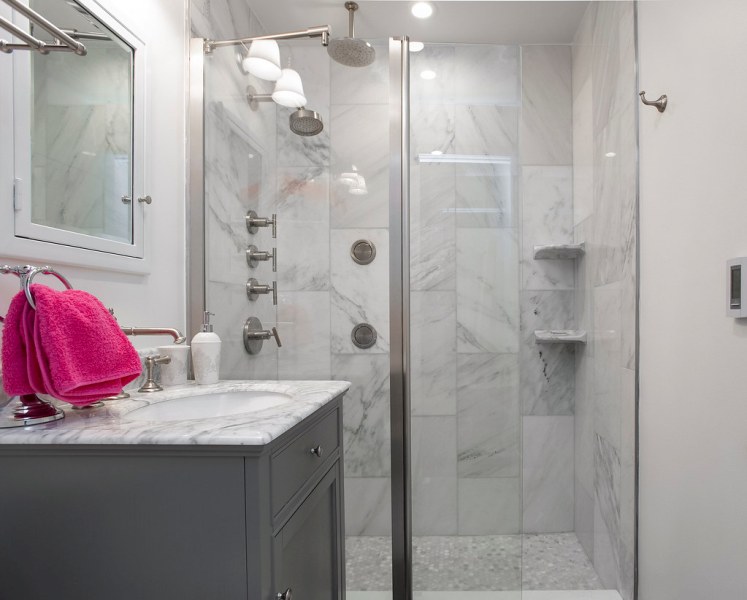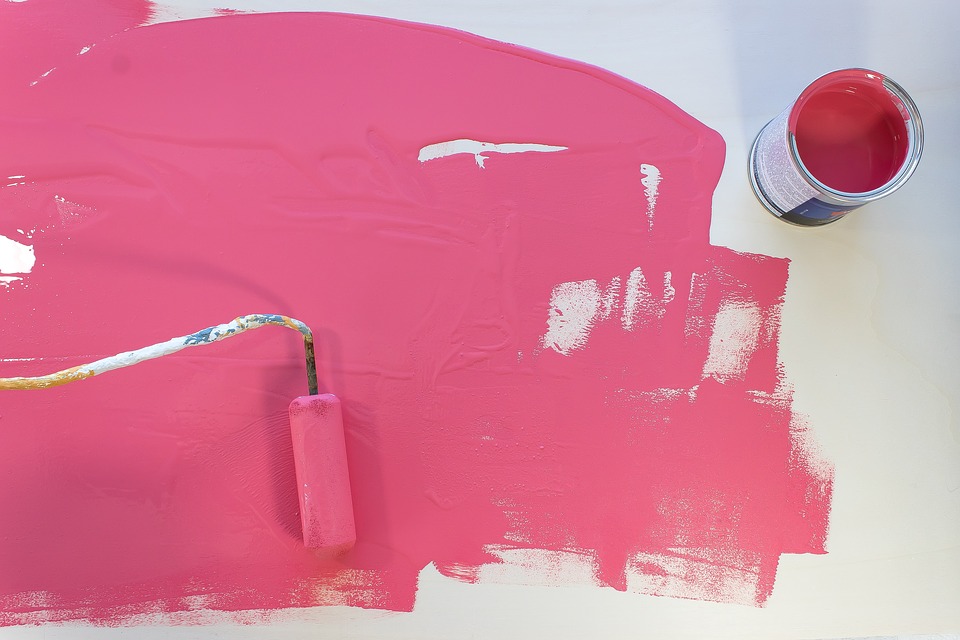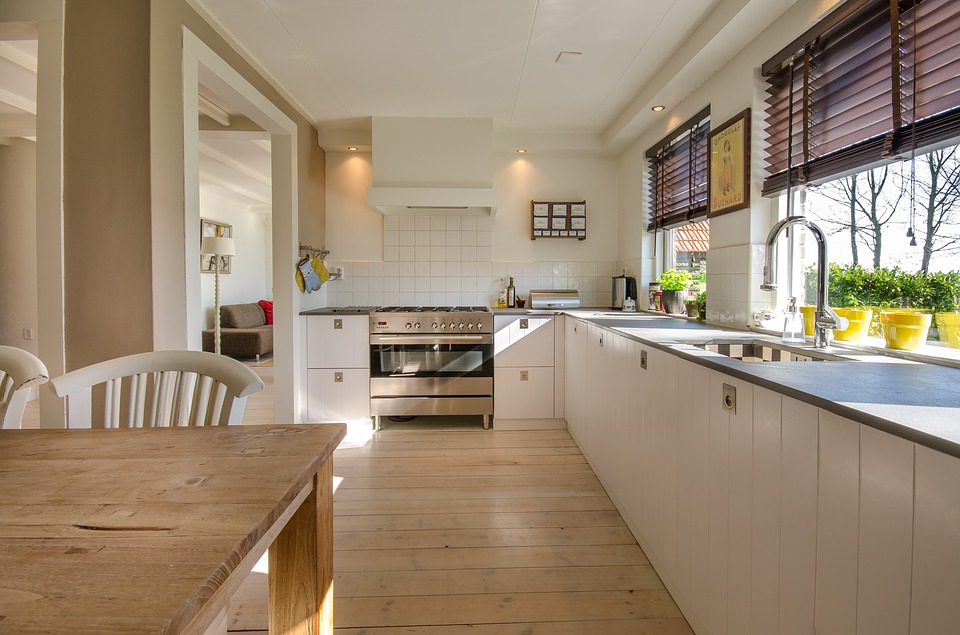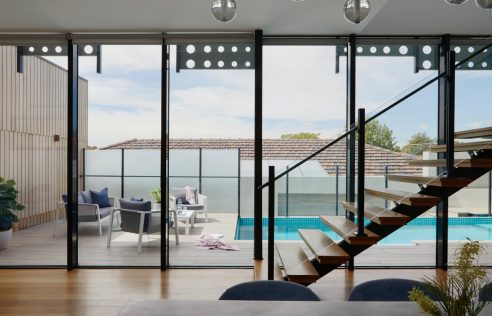The bathroom is one of the rooms in the house where work is most complex: space is often limited, and technical constraints are high. Whether you wish to create or renovate your bathroom, Homemyinfo is here to guide you through the stages of your project.
The designer bathroom seduces lovers of noble materials and pure aesthetics. To compose your designer bathroom, you must carefully choose the wall and floor coverings, furniture, and accessories. At the entry level, the designer bathroom is breathtaking and also accessible to trim budgets.
What is a designer bathroom?
The designer bathroom is characterized by a contemporary, minimalist, and airy look. Whatever its surface, the space is uncluttered, volumes and light are highlighted. Furniture and accessories are chosen to form a coherent whole.
Designer bathroom: a minimalist base
Colors
The designer bathroom is available in a maximum of 2 or 3 colors. You can favor neutral tones, such as beige, gray, white; natural colors for the raw materials; black and white for a graphic effect.
You also have the option of decorating the designer bathroom with intense colors, such as orange, mauve, royal blue, or canary yellow. In this case, you may prefer discreet accessories or bathroom linen.
Wall and floor coverings
The designer bathroom gives pride of place to prestigious and durable materials. For the walls and the floor, consider wood, which brings warmth; waxed concrete for an industrial style; marble for a majestic and luminous aesthetic; monochromatic tiles or 2-color tiles for an electric effect.
For the walls, think about wall painting in a sober color.
Materials
For accessories and furniture for your designer bathroom, turn to ceramics, concrete, glass, wood, or metal.
Dressing a design bathroom: simplicity and elegance

Chic equipment
The equipment sets the tone for your designer bathroom. For instance, the Italian shower, spacious and visually light; the island bathtub, which dramatizes the space; the washbasin, placed on a countertop or a piece of furniture; the hanging toilet, if your bathroom is not in a separate room.
Uncluttered furniture
To store your beauty products, bath linen, and possibly your cleaning products, you need bathroom furniture.
Choose furniture that visually occupies as little space as possible. If your bathroom is narrow, it is better to choose furniture sitting on the floor under the washbasin to save space. If you are fortunate enough to have a large bathroom, wall-mounted furniture is an effective solution.
Tip: make sure that the color of your furniture matches the color of the walls and floor of your bathroom.
Discreet accessories
Accessories play an essential role in the decoration of your designer bathroom. For example, you can opt for chrome-plated fittings; recessed lighting fixtures for walls, ceiling, or furniture; shower accessories, towel rails, stainless steel cups; large mirrors or even a whole wall of mirrors; plain and matching bath linen.
Where to find the elements of the designer bathroom?
For wall and floor coverings, you can go to the DIY and home improvement store. You can buy equipment from specialist companies and furniture chains. As for accessories, you have a wide range of choices: department stores, decoration shops, furniture, and DIY stores, etc.
Prices vary enormously depending on the range and the number of people using the bathroom. On average, without taking into account the work of a craftsman for the installation, count approximately between:
– $40 and 400 $/m² for the wall covering;
– $40 and 1 000 $/m² for the floor covering;
– $70 and $4 000 for the equipment, per unit;
– $20 and $300 for accessories per unit.
All in all
A bathroom must be well thought out to provide maximum storage space and equipment while maintaining easy circulation.
Between shower and bathtub, washbasin, and practical storage, developing a functional and pleasant bathroom requires a little thought.
Whether it’s a question of creating it entirely or renovating it, you have to ask yourself the right questions.
The bathroom layout requires a good evaluation and anticipation of your needs so that the room corresponds to your uses. It is therefore essential to devote the necessary time to the development of your project before you start.
Take a look at your situation.
Start by identifying present and future users of the bathroom. Bathrooms are not designed the same way when you live alone or as a couple and have children.
Take into account the technical constraints.
Before you start choosing equipment, find out about the feasibility of your project. Indeed, depending on the existing constraints, you may not be able to afford everything unless you undertake cumbersome work. It is not always easy to evaluate these technical constraints. The help of a professional will be invaluable to you, especially if you wish to review the room’s structure thoroughly.



Pingback: How to Design a Small Bathroom – 123 home design